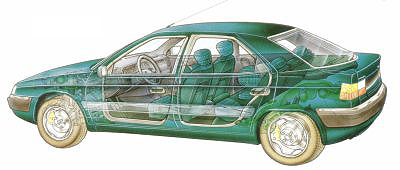|
||||||||||||||||||||||
|
|
|||||||
|
The Citroën Xantia was launched in March 1993 following six years of development work. As the replacement for the hugely succesful BX, the Xantia had a hard act to follow. Xantia was largely based on the BX running gear and just as the BX shared the platform of the Peugeot 405, so the Xantia shares the platform of the Peugeot 406. Larger and heavier than the BX, it
is also much more stylish and has proved to be a
great success. |
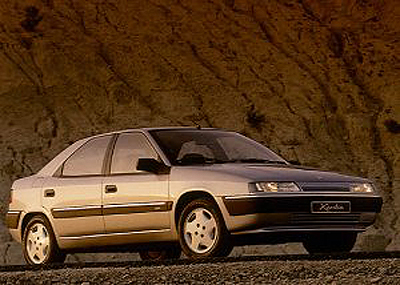 |
||||||
|
At launch, three trim levels - X, SX and VSX were available with the VSX versions being fitted with Hydractive 2 suspension - lesser models used the regular hydropneumatic set up. There was a choice of three petrol engines - a 1,8i, 2,0i 8 valve and 2,0 i 16 valve and a brace of 1,9 diesels which were launched in June 1993 in either atmospheric or turbo charged form. There was a choice of manual or
automatic transmissions with the latter only
being fitted to the atmospheric diesels - turbo
diesels required a DIY change. |
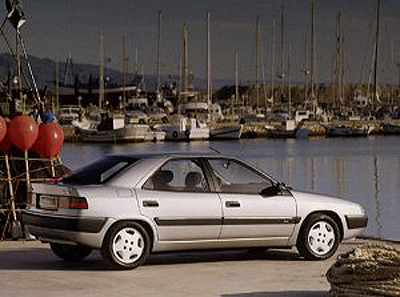 |
||||||
|
1994 saw the introduction of a 1,6i and subsequently the range was expanded to include a very tasteful break or estate, a 2,1 turbo diesel (still, alas, without an auto box), a 2,0 turbo petrol, the SC-CAR equipped Activa (below right) and the V6 (right and below left) which is fitted with an `intelligent' automatic gearbox that `learns' the driving style of the driver. |
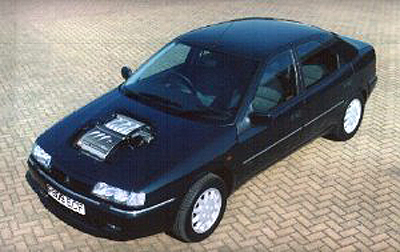 |
||||||
 |
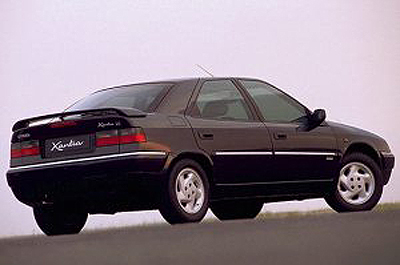 |
||||||
|
The Xantia break or estate (right) - in 1995, the chevrons migrated from the bonnet to the grille. |
 |
||||||
 |
The Xantia 2,1 litre Turbo Diesel estate was launched in 1997 as was the Xantia 2,0i SX (below right). The 3,0 litre V6 and 2,1 litre turbo diesel break (below left). |
||||||
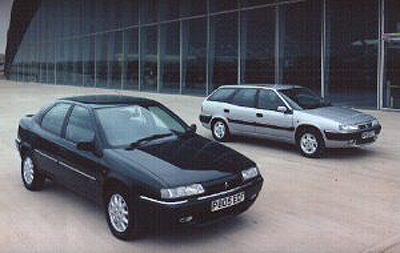 |
 |
||||||
|
|||||||


